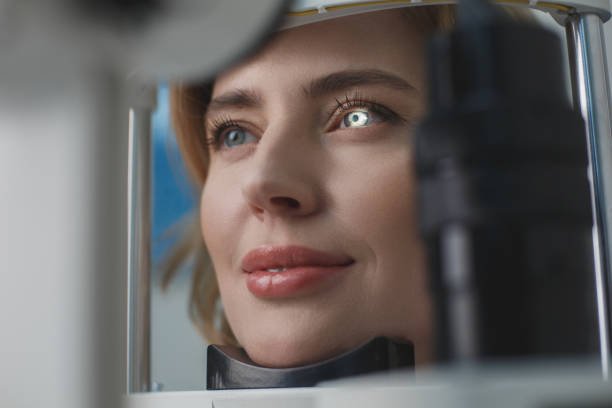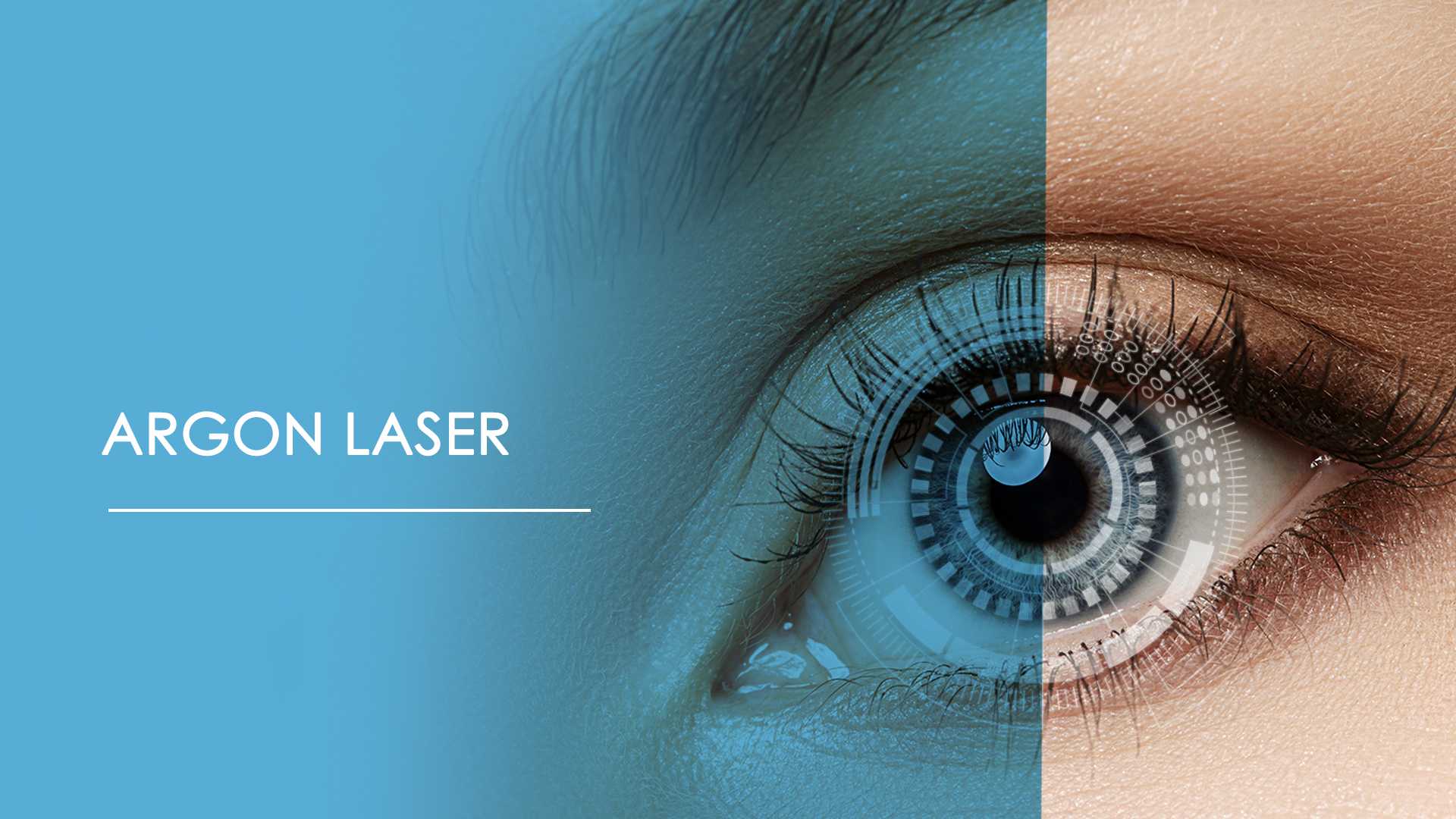Argon Laser
Argon laser is a laser technology used to treat the internal tissues of the eye from outside the eye with the photocoagulation method.

Argon laser is a type of laser used in various treatments by ionizing argon gas. Argon gas is in a tube through which electricity is passed, and when it turns into light (laser), it has a wavelength of 488 nm (blue) and 514 (green) nm. It creates a green or blue-green light in appearance. This laser, which has a coagulating effect, is retained by the colored tissues in the eye.
CLICK TO MAKE AN APPOINTMENT WITH OUR EYE DOCTORS
SUBJECT TITLES
For What Purposes Is Argon Laser Used in Ophthalmology?
Argon laser is one of the laser types used in eye diseases. It is used for the treatment of multiple eye diseases. The general purpose of its use is to prevent the progression of certain eye diseases and prevent vision loss, as well as the permanent treatment of certain diseases and the preservation of central vision.
In the treatment of narrow-angle glaucoma: Acute humous It is used in trabeculoplasty to expand the area where eye fluid is absorbed to improve the drainage of eye fluid. It is also used to cut stitches in glaucoma surgery.
In the treatment of retinal tears and holes: If there is no detachment in the retina, it is used in the treatment of retinal tears and holes. Scar tissue is created in a controlled manner with small laser pulses, and the tears and holes are re-fused with the adjacent tissue. The aim of treatment is to prevent retinal detachment. If retinal detachment occurs, surgical intervention is required.
In the treatment of diabetic retinopathy: When diabetes is not controlled and the eye is affected. Intraocular bleeding when the disease is not controlled in people with high-level diabetes. and microaneurysms that leak into the macular region occur. All of these are the result of abnormal blood vessel growth and new formations on the retina. The aim of argon laser photocoagulation applied in the treatment of diabetic retinopathy is to preserve current vision and prevent further vision loss. With the argon laser, controlled burns are created in the retina area where abnormal vascular formation occurs and the area is cleared of unwanted tissue.
How is Argon Laser Treatment Performed?
Argon laser treatment is performed by the ophthalmologist under office conditions. The patient does not need to stay in hospital before or after treatment. The patient is discharged immediately after treatment. The treatment may take several sessions and each session is approximately 10-15 minutes on average.
Before the treatment:
Prepared by an ophthalmologist. A detailed eye examination is performed,
The ophthalmologist applies eye drops to the patient to dilate the pupils,
After waiting for approximately 30-40 minutes, the pupils will dilate,
Then, the ophthalmologist drops anesthetic drops into the eye to numb the eye.
With the help of FFA, the ophthalmologist can see which part of the eye will be treated,
< p >After numbness is achieved, the ophthalmologist places a special contact lens on the eye to focus the laser beams.During treatment:
The ophthalmologist sends an intense beam of light to the inner part of the numb eye, to the area where it is desired to be affected,
During the procedure, the patient can see slightly bright lights,
At this stage, it is important to keep the head still and it is necessary to follow the instructions given by the ophthalmologist.
A slight stinging sensation may be experienced.
Treatment After:
There is no need to stay in the hospital after argon laser treatment,
It is important for the treatment to be checked at the intervals specified by the doctor,
After the treatment, blurred vision may occur for a few hours.
Your ophthalmologist will inform you whether you should drive or not.
